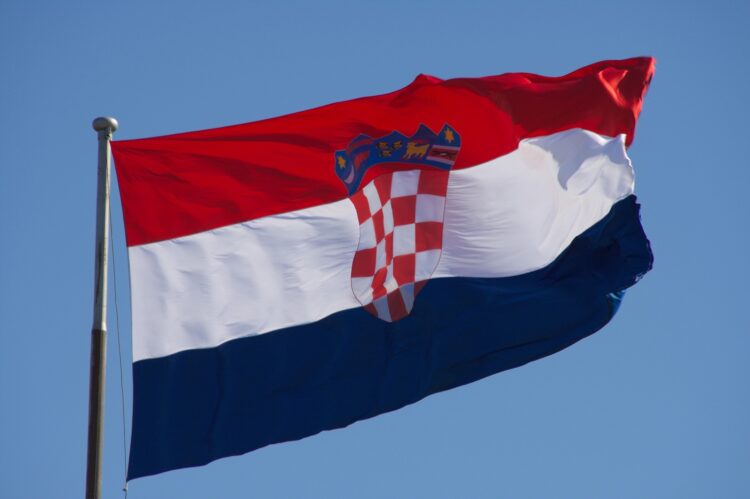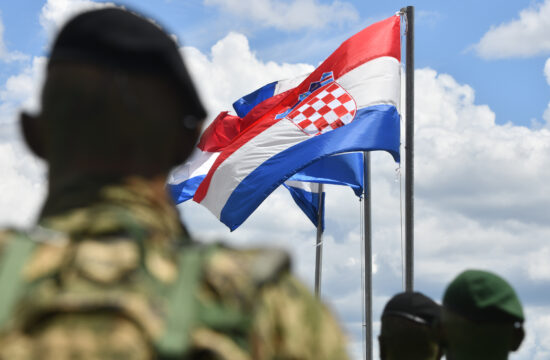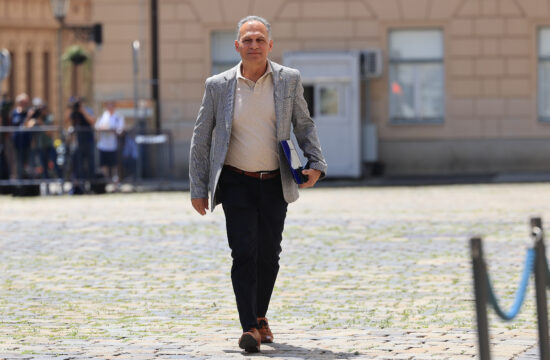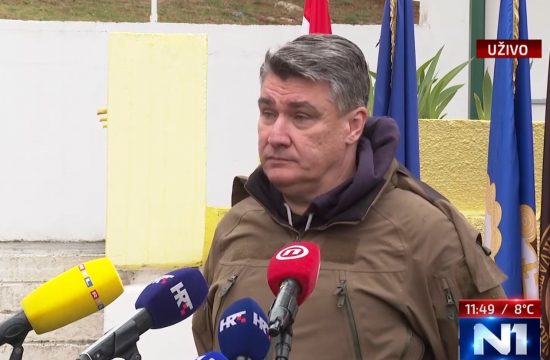
Croatia on Sunday marks the 25th anniversary of the successful completion of the peaceful reintegration of the Danube River Region, which enabled the return of temporarily occupied parts of Osijek-Baranja and Vukovar-Srijem counties into Croatia's constitutional and legal order.
The completion of the process on 15 January 1998 after a two-year transitional administration under the UN, enabled the reconstruction of the region devastated in the 1991-95 Homeland War, the return of displaced persons and refugees, and the reintegration of enterprises and public services in the region into Croatia’s legal system.
Erdut agreement kicks off process of peaceful reintegration
After several meetings with representatives of local Serbs, the start of the reintegration was made possible by the signing of the Basic Agreement on Eastern Slavonia, Baranja and Western Srijem in Erdut and Zagreb on 12 November 1995.
The agreement was signed by Hrvoje Sarinic, the then Croatian president’s chief of staff, and Milan Milanovic, head of the Serb negotiating delegation, and by then-US ambassador Peter Galbraith and UN mediator Thorvald Stoltenberg.
The agreement envisaged a one-year transitional period which could be extended by another year, the establishment of a UN transitional administration, the deployment of international peacekeeping forces, and the establishment of a transitional police force.
The agreement stipulated that the transitional administration would enable the return of displaced persons and refugees as well as organise local elections.
Transitional administrator – US general Jacques Paul Klein
The United Nations Transitional Administration for Eastern Slavonia, Baranja and Western Srijem (UNTAES) was established under a UN Security Council resolution of 15 January 1996, and retired US general Jacques Paul Klein was appointed transitional administrator.
In Osijek, the Croatian government established an office for the re-establishment of Croatian authorities in Eastern Slavonia, Baranja and Western Srijem and appointed Ivica Vrkić as its head.
The return of the displaced was made possible by the demobilisation and withdrawal of all Serb paramilitary units in June 1996, after which UNTAES assumed control of all military facilities in the region.
The transitional police force became operational on 1 July 1996 and was included in the Croatian Interior Ministry’s system in mid-December 1997.
Exhumation of Ovcara mass grave
In September and October 1996, the mass grave at Ovčara near Vukovar was exhumed, with the remains of 200 victims dug up, defenders and civilians taken from the Vukovar hospital and killed after the town was occupied in 1991.
On All Saints’ Day 1996, for the first time since 1991 thousands of displaced Croatians were able to visit graves in the part of the Danube River Region under UNTAES’ supervision.
The return of oil fields in Đetelovci into the INA energy company’s system at the beginning of 1997 marked the start of the reintegration of public companies and businesses in the Danube River Region.
One of the key moments in the re-establishment of legal Croatian authorities in the region were the elections for municipal and town councils as well as the assemblies of Osijek-Baranja and Vukovar-Srijem counties on 13 April 1997.
Kuna as legal tender in May 1997
The reintegration of the Danube River Region into Croatia’s payment system occurred on 19 May 1997 based on Klein’s decision on the introduction of the kuna as legal tender in the region.
In order to facilitate two-way returns, the government’s Office for Displaced Persons and Refugees opened six branches. In Ilok on 9 July 1997, the head of the office, Lovre Pejkovic, handed over returnee records to the town’s then mayor Stipan Kraljevic and members of the town administration, which officially kicked off the return of the displaced to the Danube River Region.
On 1 August 1997, by the UN secretary-general’s decision, William Walker took over from Klein as transitional administrator.
In October 1997, in order to facilitate returns and reconciliation, a national committee was established for the restoration of trust in war-affected areas, and the president’s then deputy chief-of-staff, Vesna Skare-Ozbolt, was appointed its chair.
Peace train in Vukovar
During the peaceful reintegration, then president Franjo Tudjman visited the region several times, beginning on 3 December 1996.
On 8 June 1997, he arrived in Vukovar on the Peace Train and said that it was “not just the start of the final return of the displaced but also proof of the comprehensive concern of the Croatian authorities, all Croatian public institutions, for this devastated region to be rebuilt as soon as possible and for it to return as soon as possible to the comprehensive social, economic and cultural life of the Croatian homeland.”
On 2 June 1997, Tudjman visited Beli Manastir. The Osijek-Baranja County Assembly declared it County Day.
Agreements on the reintegration of the postal, telecommunications, education and health systems in the Danube River Region into Croatia’s legal system were reached in 1997.
Tudjman: Croatian people confirms glorious victory in imposed war
On 19 December 1997, the UN Security Council adopted a resolution supporting the termination of the UNTAES mission as planned. The completion of the peaceful reintegration was marked in Borovo Naselje on 15 January 1998 and in Zagreb the following day.
At the Borovo Naselje ceremony, the UN secretary-general’s special envoy Bernard Miyet said the UNTAES mission had accomplished its goals, while transitional administrator Walker said that despite some doubts at the beginning that the peaceful reintegration would fail, peace had been restored in the region and a majority of the population had accepted the Croatian authorities.
At the Zagreb event, president Tudjman said the “handover of the Croatian Danube River Region to the official representatives of the Croatian authorities finally ended the aggression on Croatia and the occupation of the last part of its territory, and the Croatian people, by arriving on its border on the Danube, confirmed its glorious victory in the imposed war.”




Kakvo je tvoje mišljenje o ovome?
Budi prvi koji će ostaviti komentar!